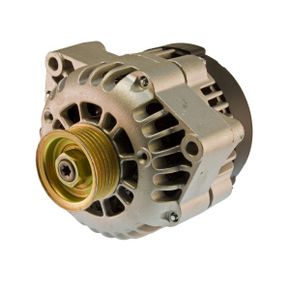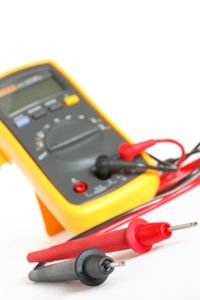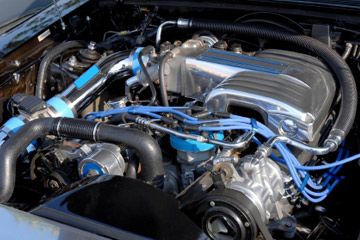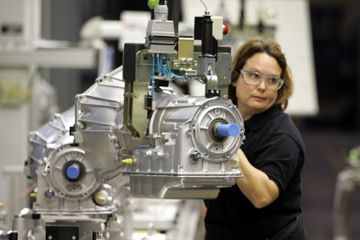Just think of this scenario: You open your car door, step inside and sit down. You put your seat belt on, adjust your rearview mirror and then put the key in the ignition and give it a turn. Instead of the motor roaring to life, all you hear is a click-click sound. Nothing happens, no matter how many times you try to turn the key.
Odds are, most of us will face this kind of situation at least once in our lives. Actually, it could mean a number of different things, including engine troubles or a dead battery. However, it could also mean your alternator is nearing the end of its life and it is time to replace it. The alternator is an important car part that recharges the battery using power from the engine. It also provides power to the electrical components. It's about the size of a coconut and consists of a rotor, stator and housing. Electrical coils mounted on the rotor -- which is spun by the engine's serpentine belt -- move past stationary coils on the stator, and that creates electrical flow [source: Basic Car Audio Electronics].
Advertisement
This auto part produces electricity that flows into the battery, which is then used to run the electrical components in the car. An alternator produces alternating current (AC) -- as opposed to the generator on older vehicles, which produced direct current (DC) -- and that's where it gets its name. Cars with an alternator use a diode pack to convert the AC power to DC power, which is what the car's electrical system components require to operate.
The alternator keeps the battery from losing its charge and eventually dying, because when the battery dies, all the electrical features included on your vehicle go along with it.
We ask a lot from our auto parts, especially our vehicle's electrical system. It wasn't that long ago when an alternator only had to power headlights, the radio and a few other accessories. But now, our cars come complete with GPS navigation systems, electric seat heaters and even DVD players. It's easy to see how alternators and batteries have to handle a much heavier load these days.
When your alternator goes out, you may not be able to start your engine, or switch on electrical accessories like the radio or your GPS unit and you may even notice that the gauges are beginning to fail while you're driving. If your alternator is failing, there's a good chance that you'll need to replace it.
But how long can an alternator last from the time when the car is new? What factors contribute to this auto part's longevity? Luckily, there are many ways to learn more about this problem and other car part information. In this article, we'll explore the factors behind an alternator's lifespan, and learn more about how to keep your car's electrical system working properly.
Advertisement




